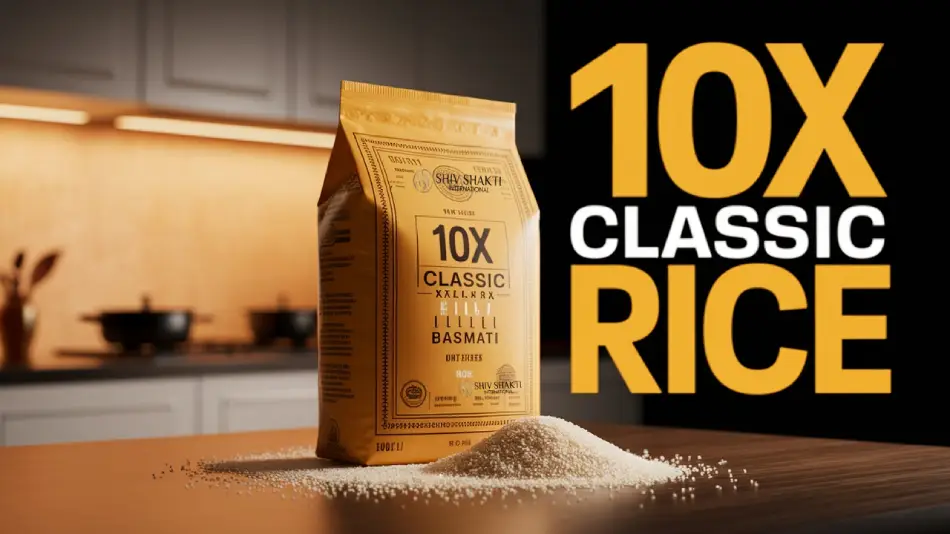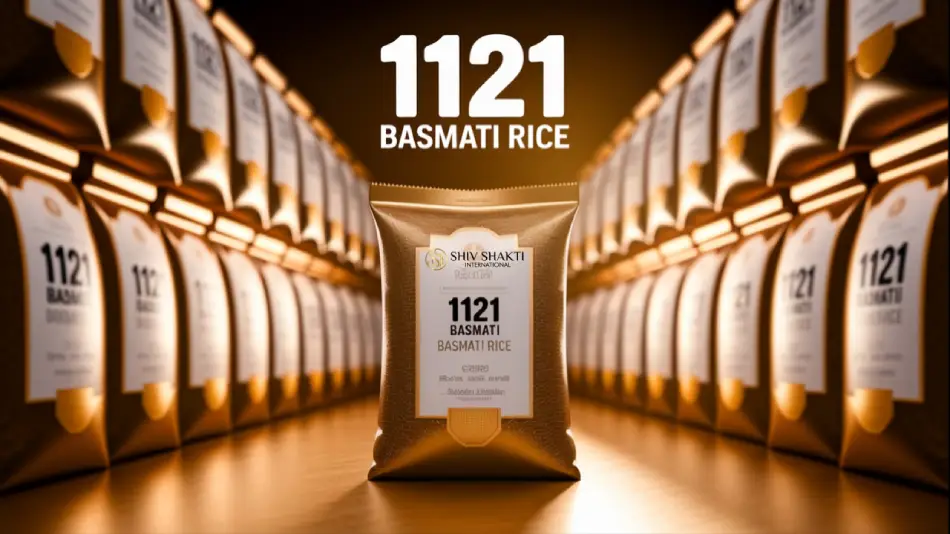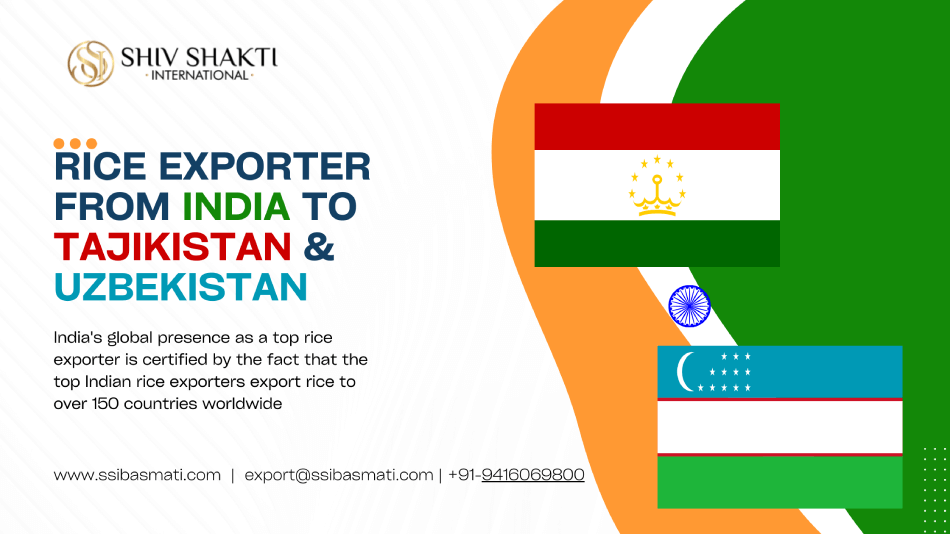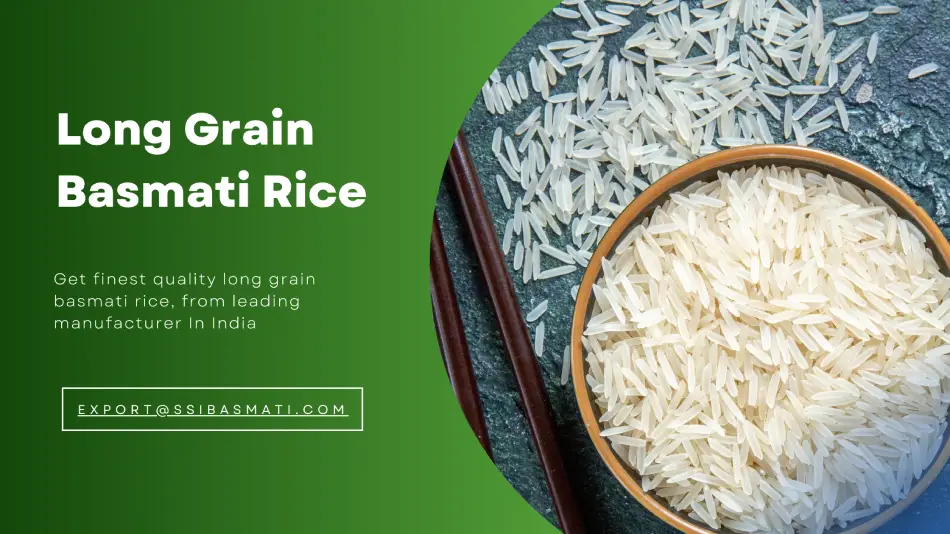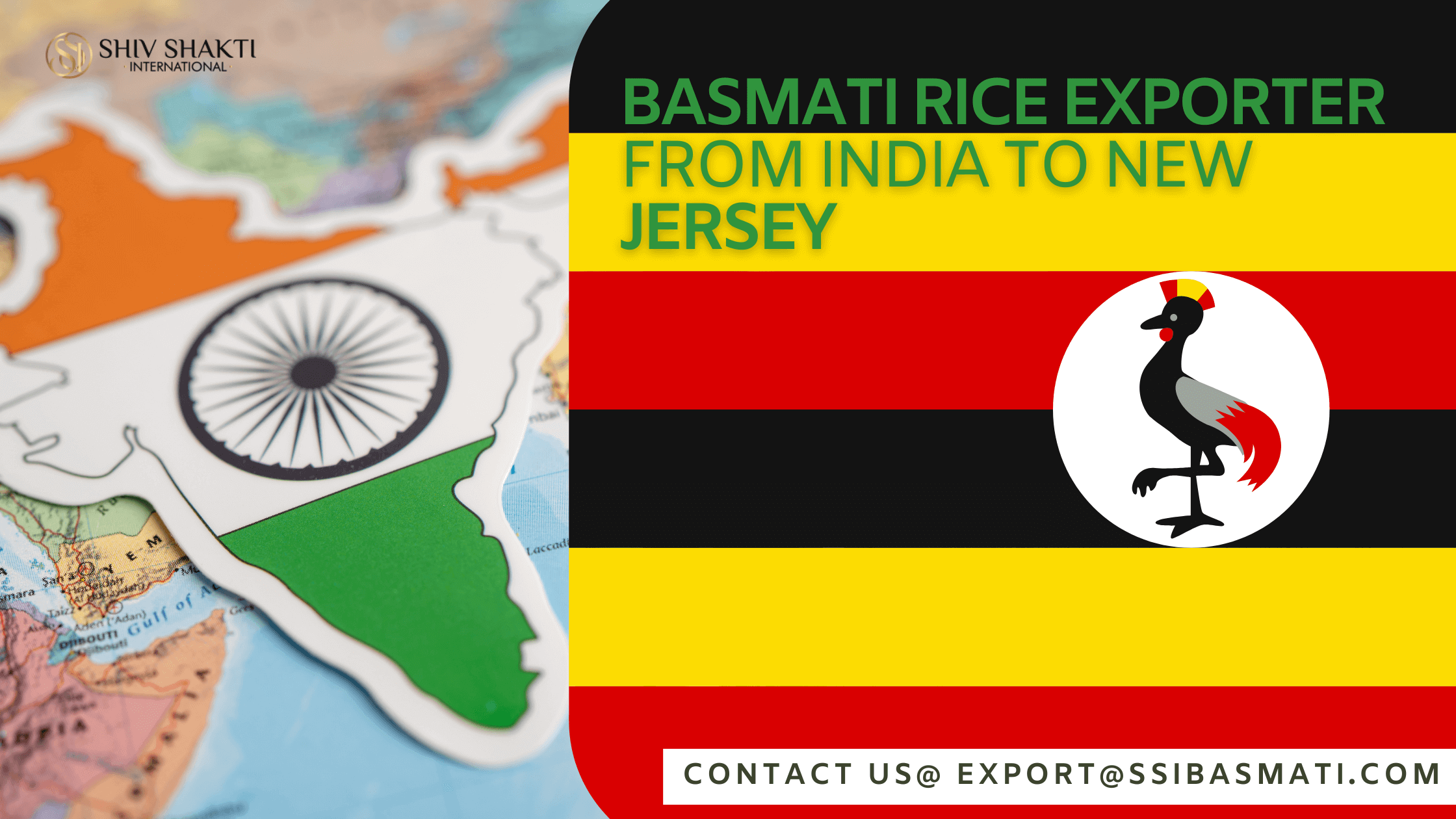.png)
The word 'Basmati' derived from the Sanskrit language words which imply aromatic.
Indian Basmati rice is a kind of food which grown from multiple centuries in particular geographical regions in the Himalayan hills of India. Haryana, Punjab, Himachal Pradesh, and U.P. are the states which are the leading contributors to the overall production of Indian basmati rice. Besides, Basmati Rice is the longest rice in the world, which recognized as King of rice.
 (1).png)
The sowing season of basmati rice is mid-June and July, while harvesting time is mainly November-December. The growing period of Basmati rice is in between 90 to 110 days. It requires moderate weather to grow.
Furthermore, Indian Basmati rice has unique characteristics that present it separate from all other grains. Basmati grains contain about 0.09 ppm of the fragrant chemical compound generally, which is notably more than Non-basmati rice.
Basmati rice mainly recognized for its long slender shape and delightful aroma. After cooking, the size of basmati rice increases double of its original taste. It remained entirely non-sticky, even after a long time of cooking. Additionally, Basmati rice also owns light and fluffy texture, the taste of perfection, delightful flavor, and magical fragrance.
In fact, the demand for Basmati rice in the global market is extremely high. India's share in the export market of Basmati rice is much great. The country has exported 44, 14,562.21 MT of Basmati Rice to the world for the worth of Rs. 32,804.19 Crores (or 4,722.46 US$ Mill) during the year 2018-2019 as per APEDA.
It is regularly consumed by Restaurants throughout the world. Basmati rice is utilized in the preparation of various recipes; Such as Biryani, Albalao polo, Curry Rice, and Fried rice, etc.
Indian Basmati rice is the world's most consuming rice. It has different varieties like Traditional, 1121, 1509, 1401, Sugandha, and Sharbati Basmati rice, etc.
Hope this information about Indian Basmati Rice is helpful for you!!
